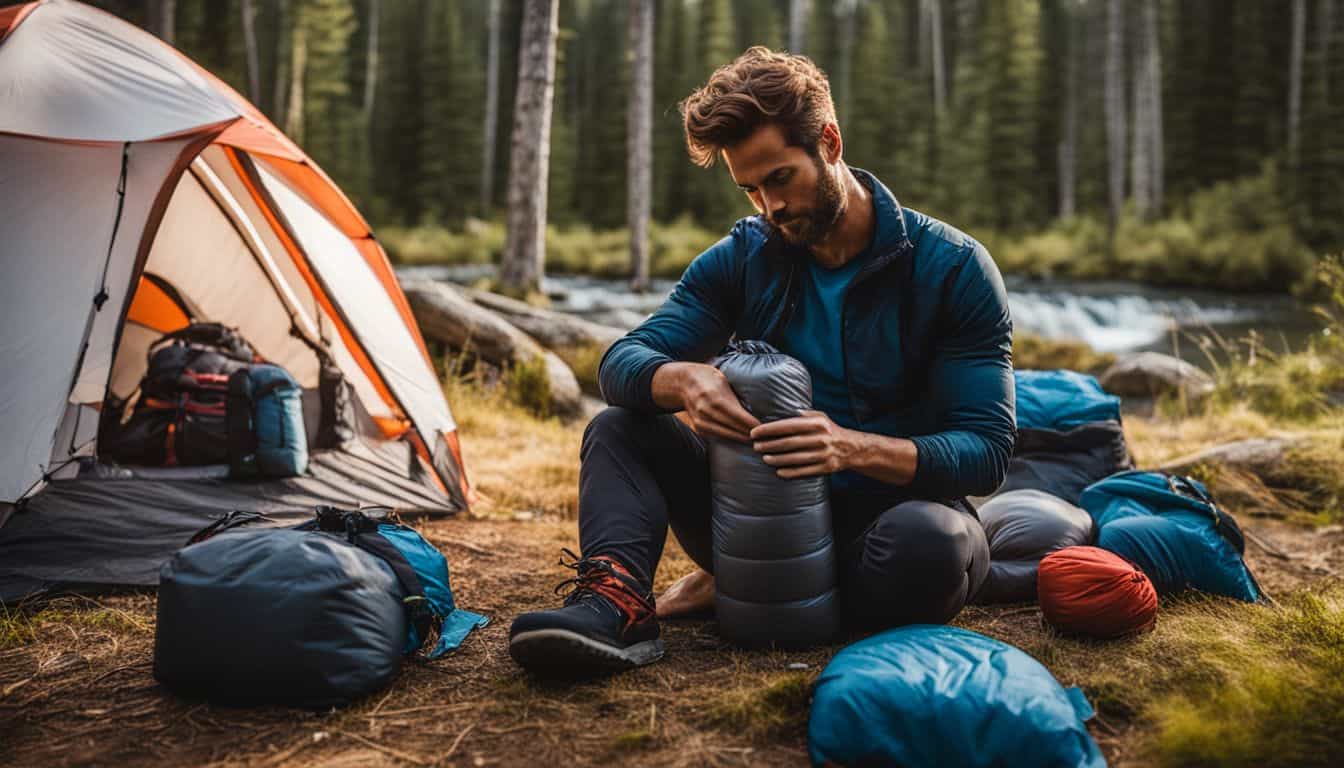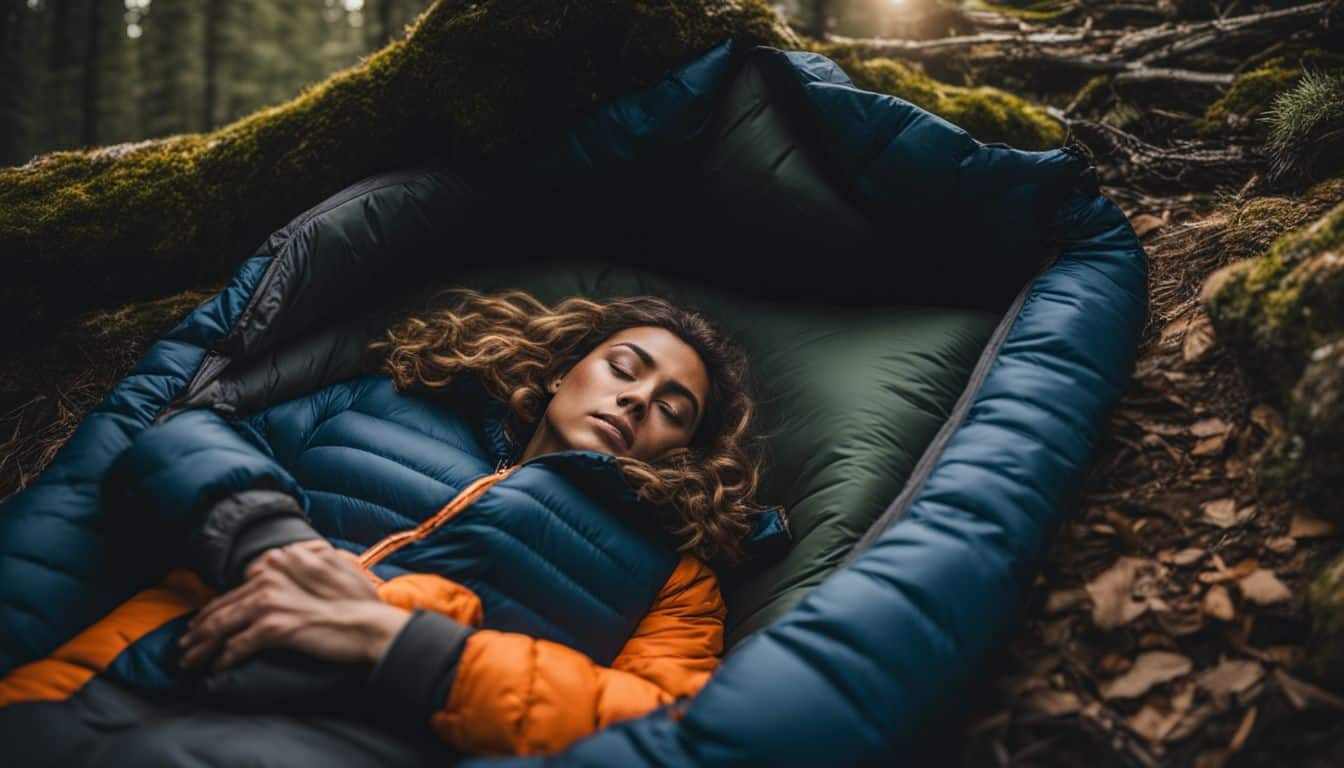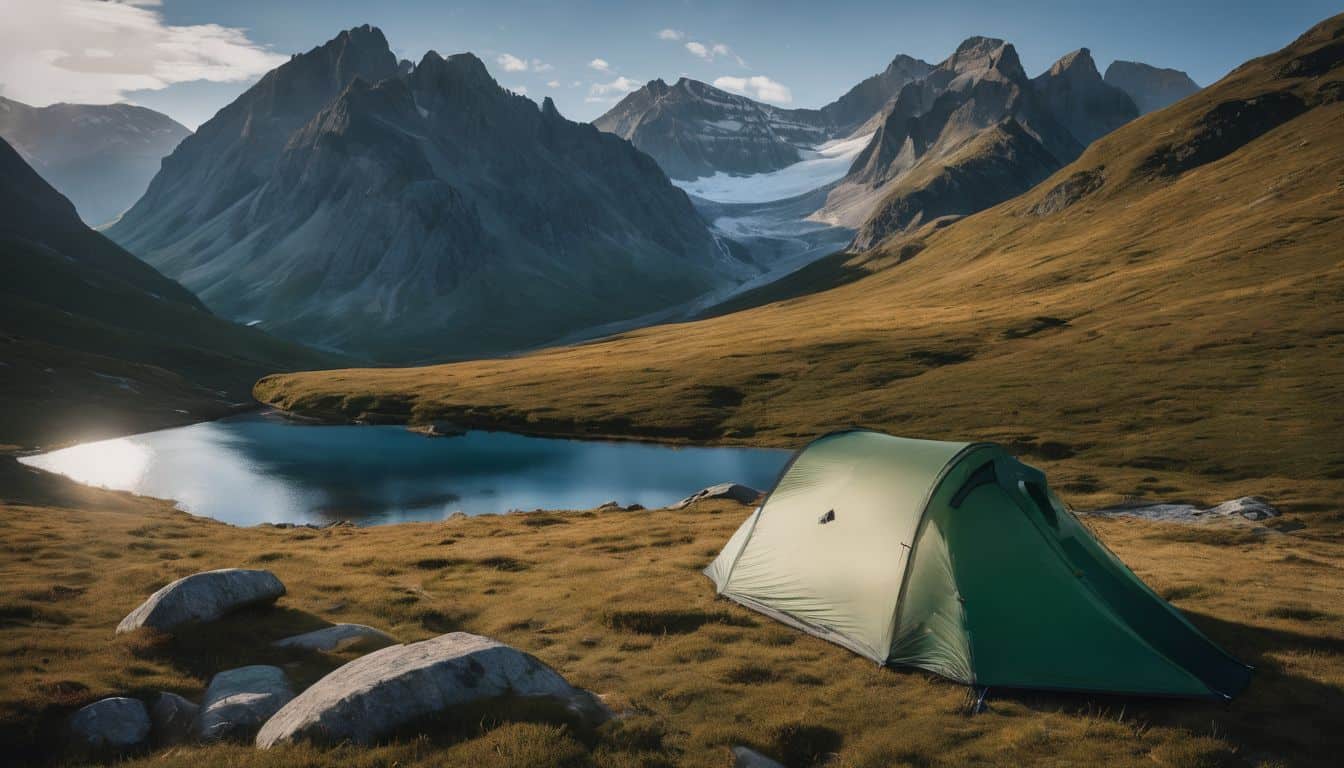In the world of backpacking and thru-hiking, every ounce matters. Ultralight sleeping bags have become a game-changer for outdoor enthusiasts looking to reduce pack weight without sacrificing comfort and warmth. This comprehensive guide will explore the ins and outs of ultralight sleeping bags, helping you make an informed decision for your next adventure.
Understanding Ultralight Sleeping Bag Specifications
When shopping for an ultralight sleeping bag, it’s crucial to understand the key specifications that determine its performance and suitability for your needs.
Temperature Ratings
Temperature ratings are perhaps the most critical factor in choosing a sleeping bag. The industry standard EN/ISO ratings provide a consistent way to compare bags across brands. These ratings typically include two key temperatures:
- Comfort Rating: The lowest temperature at which the average woman can sleep comfortably.
- Lower Limit: The lowest temperature at which the average man can sleep without excessive discomfort.
It’s important to note that these ratings are based on averages and that individual experiences may vary. When in doubt, it’s often wise to choose a bag rated slightly lower than the lowest temperature you expect to encounter.
Weight Considerations
The term “ultralight” in sleeping bags typically refers to bags weighing less than 2 pounds (907 grams). However, the lightest options weigh as little as 1 pound (454 grams) or even less. When considering weight, balancing it against the bag’s insulation and temperature rating is essential. A bag that’s too light for the conditions can lead to uncomfortable or even dangerous situations.
Insulation Types
The two primary types of insulation used in ultralight sleeping bags are down and synthetic. Each has its advantages:
Down Insulation:
- Highest warmth-to-weight ratio.
- Highly compressible.
- Longer lifespan with proper care.
- Performs poorly when wet.
Synthetic Insulation:
- Maintains insulation when wet.
- Dries quickly.
- Generally less expensive.
- Heavier and less compressible than down.
Down is often preferred for ultralight applications due to its superior warmth-to-weight ratio. The quality of down is measured by fill power, with higher numbers indicating better insulation and compressibility. Premium ultralight bags often use down with 800 to 950+ fill power.
Key Features of Ultralight Sleeping Bags
Ultralight sleeping bags incorporate several design features to maximize warmth while minimizing weight:
- Baffle Construction: Carefully designed baffles prevent down from shifting and creating cold spots.
- Zipper Length: Half-length or quarter-length zippers save weight but reduce ventilation options.
- Hood Design: A well-designed hood can significantly improve warmth retention with minimal weight addition.
Materials and Technologies
Advancements in materials have played a crucial role in the development of ultralight sleeping bags:
- Ultralight Shell Fabrics: Many bags use 10 to 15 denier nylon fabrics that are incredibly light yet surprisingly durable.
- Innovative Insulations: Some manufacturers are experimenting with treated down or down/synthetic blends to improve performance in damp conditions.
- DWR Treatments: Water-resistant coatings help protect the insulation from moisture without adding significant weight.
Choosing the Right Shape and Size
The shape of your sleeping bag can significantly impact its weight and thermal efficiency:
- Mummy Bags: The most common shape for ultralight bags, offering the best warmth-to-weight ratio.
- Semi-Rectangular: A compromise between weight and comfort for those who find mummy bags too confining.
When it comes to size, a proper fit is crucial. A bag that’s too large will have excess air space, reducing its efficiency, while a bag that’s too small can compress the insulation and create cold spots.

Temperature Management Techniques
To get the most out of your ultralight sleeping bag, consider these temperature management strategies:
- Layering: Wear appropriate base layers to bed to boost your bag’s effective temperature rating.
- Sleeping Pad Selection: A good insulating pad is crucial, especially when using ultralight bags with minimal bottom insulation.
- Site Selection: Choose your campsite wisely to avoid cold air pockets and maximize natural shelter.
Care and Maintenance of Ultralight Sleeping Bags
Proper care is essential to maintain the performance and longevity of your ultralight sleeping bag:
- Clean your bag according to the manufacturer’s instructions, using specialized down or synthetic cleaner as appropriate.
- Store your bag uncompressed in a cool, dry place to maintain loft.
- Use a sleeping bag liner to reduce the washing frequency and extend the life of your bag.
Environmental Impact and Sustainability
As outdoor enthusiasts, we must consider the environmental impact of our gear choices. Many manufacturers now offer ultralight sleeping bags made with recycled materials or sustainably sourced down. Look for certifications like the Responsible Down Standard (RDS) or bluesign® approval when shopping.
Top Ultralight Sleeping Bag Brands and Models
Several brands have established themselves as leaders in the ultralight sleeping bag market:
- Feathered Friends Swallow UL 20: Known for its exceptional warmth-to-weight ratio and high-quality construction.
- Western Mountaineering UltraLite: A favorite among thru-hikers for its reliability and comfort.
- Zpacks Classic: An innovative quilt-style bag that offers versatility for ultralight enthusiasts.
- Sea to Summit Spark: An ultralight option that doesn’t compromise on features or comfort.

Conclusion
Choosing the right ultralight sleeping bag involves carefully balancing weight, warmth, and functionality. By understanding the key specifications and features, you can select a bag that will keep you comfortable on your adventures without weighing you down. Remember, the lightest bag isn’t always the best choice – consider your specific needs, the conditions you’ll face, and your preferences.

Leave a Reply